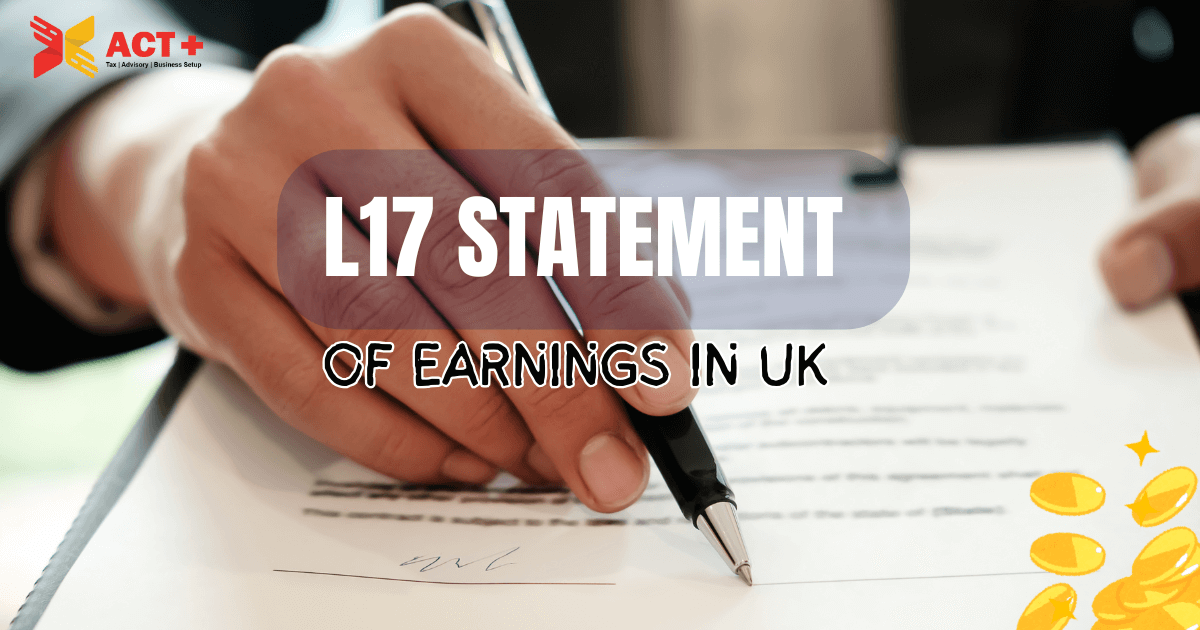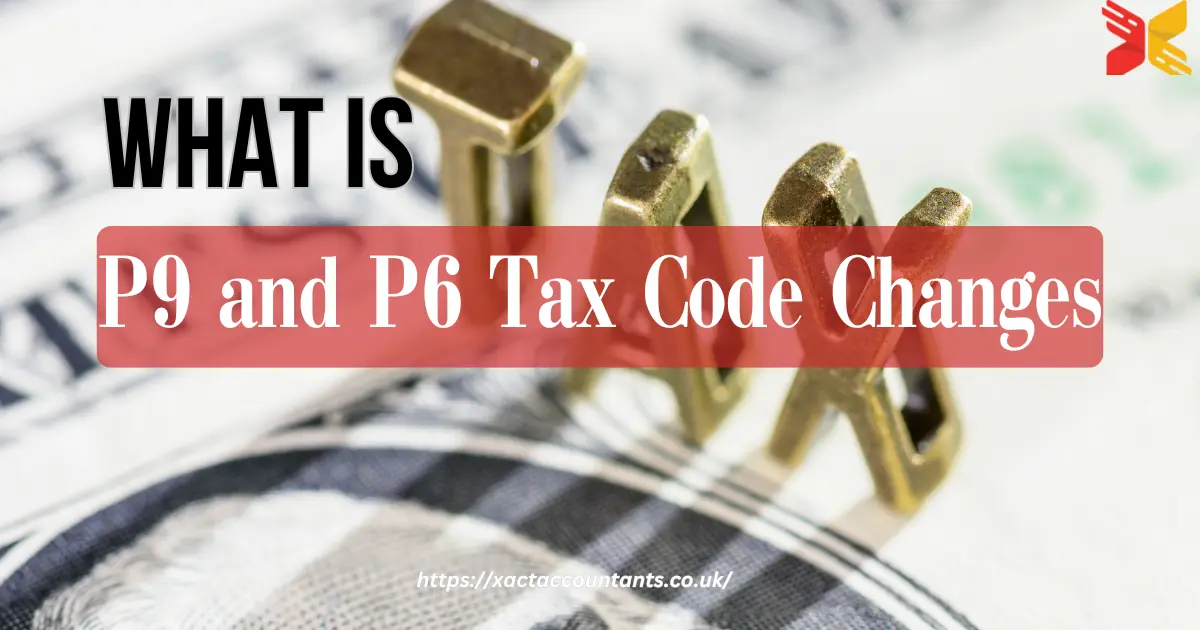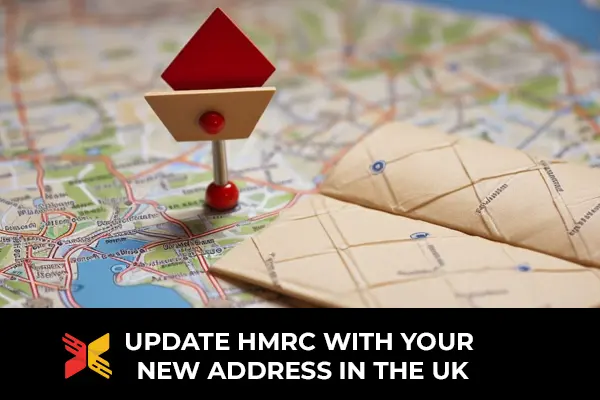What is the L17 Statement of Earnings?
The L17 Statement of Earnings is an official form that provides a comprehensive record of an individual’s income and tax deductions. This document is crucial for confirming earnings, especially in financial or legal matters. Issued primarily in the UK, the L17 is commonly requested for employment verification, tax assessments, or when applying for financial services.
Unlike a general earnings statement, the L17 Statement is specifically recognized for its detailed breakdown of income and deductions, making it a reliable source for official purposes.
What Information is Included in the L17 Statement of Earnings?
The L17 Statement of Earnings is a vital document issued by employers to summarize an employee’s earnings over a specific period. It is often required for legal, financial, or tax-related purposes, particularly during claims, audits, or investigations. The document provides a detailed income breakdown, including gross earnings, deductions, and net pay, offering a comprehensive overview of the employee’s financial relationship with their employer.
L17 statement of earnings example
Employee Name: John Smith
National Insurance No: QQ123456C
Employer: ABC Ltd
Job Title: Warehouse Assistant
Month 1 (March):
Gross Pay: £2,000
Tax Deducted: £250
National Insurance: £150
Month 2 (February):
Gross Pay: £2,100
Tax Deducted: £260
National Insurance: £155
Month 3 (January):
Gross Pay: £2,000
Tax Deducted: £250
National Insurance: £150
Net Pay (average): £1,600/month
Gross Earnings
Gross earnings include all payments made to the employee before any deductions. It may encompass salary, overtime pay, bonuses, commissions, and any other financial benefits. Gross earnings provide a starting point for understanding the employee’s total compensation package.
Tax and National Insurance Contributions
The tax and National Insurance contributions section is critical for assessing compliance with UK tax regulations. It shows the amount of income tax paid under the PAYE system and contributions made toward National Insurance, helping employees verify their tax obligations.
Pension Contributions and Other Deductions
The L17 contains information about pension contributions withheld from employees’ salaries who are enrolled in workplace pension plans. This section also covers any additional deductions, such as union dues, student loan repayments, or salary sacrifices. These figures give a clear picture of how much of the employee’s gross earnings go toward other financial commitments.
Net Pay
The net pay section represents the amount received by the employee after all deductions. This is the actual payment credited to their account and reflects their disposable income. Comparing net pay with gross earnings allows employees to understand the impact of deductions on their income.
Employment Details
The L17 Statement contains employment details, including the name of the employer, the position held by the employee, and the period covered by the statement, in addition to financial data. This contextual data ensures clarity and accuracy, particularly when the document is used for official purposes.
Purpose of the L17 Statement
The L17 is often requested during legal proceedings, such as divorce settlements, child maintenance cases, or bankruptcy filings, as it serves as proof of earnings. It is also used when applying for loans, mortgages, or other financial products, where income verification is required.
Who Issues the L17 Statement of Earnings?
The L17 Statement is issued by HMRC. For employees, employers usually provide this document to confirm earnings for specific purposes. For the self-employed, HMRC offers an annual tax summary that serves a similar purpose, outlining income declared in self-assessment returns.
Employers may generate the statement manually or use payroll software. For freelancers or contractors, the HMRC Statement of Earnings Online can be accessed via the government’s self-assessment portal.
Why Do You Need an L17 Statement of Earnings?
An L17 Statement of Earnings is an essential document used for specific legal or financial purposes. This document is typically requested during debt recovery proceedings, child maintenance calculations, or other court-related matters where accurate income disclosure is crucial. It provides a clear breakdown of an employee’s earnings, including gross salary, deductions, and net pay over a specified period. Such detailed information enables legal authorities or financial institutions to make informed decisions about payment plans, financial obligations, or other settlements.
Employers are usually required to supply this statement upon request, ensuring compliance with legal obligations and assisting employees in meeting their personal or legal requirements. Without this document, delays or disputes may arise in processes where accurate income reporting is critical, such as tax assessments, loan applications, or maintenance order calculations.
How to Request an L17 Statement of Earnings?
Requesting an L17 Statement of Earnings requires contacting the relevant authority that manages tax and employment records, typically HMRC in the UK. This statement is essential for individuals needing detailed records of their income for a specific tax year. To start, gather all necessary personal information, including your National Insurance number and tax details. Reach out to HMRC through their helpline or online portal, specifying the tax years for which you need the statement. It’s crucial to provide accurate details to avoid delays in processing your request.
For HMRC-related requests, you can submit your application online or via post. Ensure you include necessary details such as your National Insurance number, tax year(s) in question, and the purpose of your request. Be specific about why you need the L17 statement to avoid delays. If you’re unsure about the exact process, consider seeking advice from a tax advisor or accountant to make sure your request is processed smoothly. Response times vary, so applying well in advance of any deadlines is crucial.
Common Issues with L17 Statements and How to Resolve Them?
L17 statements are crucial for businesses and individuals navigating financial or tax processes. Despite their importance, users frequently encounter challenges that can lead to compliance risks or financial discrepancies. Common issues with L17 statements and practical solutions to address them effectively.
- Inaccurate Financial Details
One common issue with L17 statements is the inclusion of inaccurate financial information. This often occurs due to outdated records or missing details about the deceased’s assets. To resolve this, executors should carefully compare the statement with the deceased’s financial documents, including bank statements, investment portfolios, and property records. Any discrepancies should be reported to HMRC with updated and verified information.
- Unreported Liabilities or Debts
L17 statements can sometimes omit key liabilities, such as outstanding loans or unpaid taxes. This can create problems during estate administration, as these liabilities must be settled before distributing assets. To address this, executors should conduct a thorough investigation into the deceased’s financial obligations. If additional liabilities are identified, they must be reported to HMRC, along with supporting documentation. - Delays in Receiving the Statement
Delays in obtaining the L17 statement can interrupt the estate settlement timeline. causing frustration for executors and beneficiaries. These delays may result from incomplete applications or processing backlogs at HMRC. To resolve this, executors should ensure all required forms and documentation are submitted accurately and follow up regularly with HMRC for updates on the statement’s status.
Digital vs. Paper L17 Statements
Many organizations now provide digital L17 Statements, accessible through secure portals. This transition aligns with HMRC’s broader move towards digitization. Here’s a comparison:
| Aspect | Digital Statement | Paper Statement |
|---|---|---|
| Accessibility | Instant online access | Sent by post |
| Security | Password-protected files | Risk of physical loss |
| Cost | Often free | Printing and postage costs |
| Eco-Friendliness | Sustainable | Paper wastage |
Comparing L17 with P45 and P60
The L17 tax code, P45, and P60 are all vital elements of the UK tax system, but serve different purposes. The L17 tax code is a specific PAYE tax code that reflects the individual’s allowance and impacts the tax deducted from their income. In contrast, the P45 is a document provided by an employer when an employee leaves a job, summarizing earnings and tax deductions up to that point in the tax year. The P60, on the other hand, is issued annually to employees still in employment at the end of the tax year, providing a summary of total earnings and taxes paid. While the tax code determines ongoing deductions, the P45 and P60 help ensure accurate tax reporting and reconciliation for both employees and HMRC.
How does the L17 Statement impact Financial Planning?
The L17 Statement of Earnings plays a vital role in financial planning. It offers clarity on income and deductions, enabling individuals to:
- Budget Effectively: Understand annual earnings and expenses.
- Plan Taxes: Calculate expected liabilities using data from HMRC.
- Seek Financial Advice: Present accurate records to advisors for wealth management.
For self-employed individuals, the HM Revenue Annual Tax Summary is an invaluable tool for understanding taxable income and planning quarterly payments.
- What is the L17 Statement of Earnings HMRC?
The L17 Statement of Earnings is an official document provided by HMRC. It details an individual’s income and tax deductions, often requested for loan or mortgage applications. - Can the Self-Employed Use It?
Self-employed individuals typically do not use the L17 Statement. They rely on their tax returns or HMRC records for proof of income instead. - How Long Does It Take to Get One?
It usually takes HMRC 7-10 working days to issue the L17 Statement after a formal request. Delays may occur during busy periods.
Conclusion
The L17 Statement of Earnings is a crucial document for financial and legal processes in the UK. Whether you’re employed or self-employed, understanding how to obtain and use this statement can simplify many official procedures. By addressing common issues and comparing them with similar documents like the P45 or P60, this guide ensures you are well-equipped to handle your financial documentation needs.
Self-employed individuals can use HMRC’s online services to obtain a statement of earnings as proof of income, detailing their declared earnings and tax contributions. In the UK, employees can request a statement of earnings from their employer, which provides a record of gross income and deductions like tax and National Insurance. These statements are vital for financial verification, whether for securing loans, filing taxes, or applying for benefits.
















